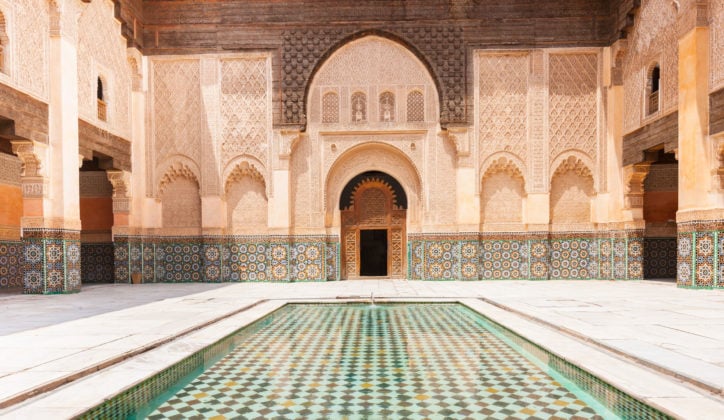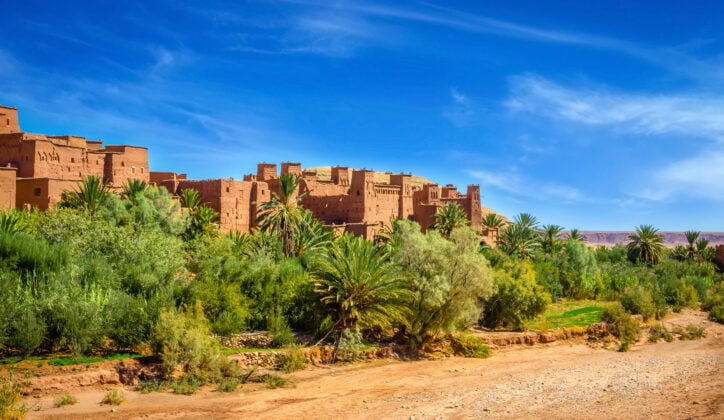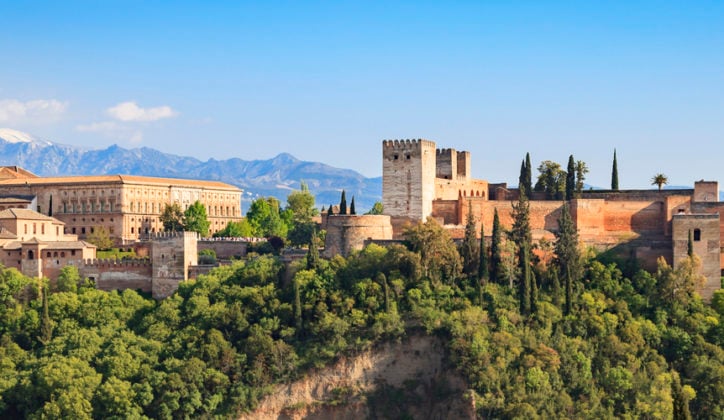Published on: February 28th, 2024
Last modified: March 6th, 2024
Morocco is a destination unlike any other, with deliciously distinctive cuisine to match. This North African nation is known for dishes like tagine and couscous – not to mention the iconic mint tea. But the full spectrum of Moroccan cuisine is varied and complex, including everything from lamb and lentils to oysters and almonds, plus plenty of spices and sugary sweets.
One reason for the country’s culinary diversity is the sheer number of cultures that have influenced it. Morocco has a mix of Berber, Arab and Moorish heritage, and its location between Europe, the The Middle East and the rest of Africa has contributed to the eclectic history of Moroccan cuisine. The result is an enticing array of time-honoured recipes and typical treats.
Tasting Morocco’s traditional foods is one of the best ways to understand its multifaceted culture, whether you’re savouring freshly baked bread for breakfast, sesame-crusted cookies for dessert or anything in between. When you’re travelling here your private guides will introduce you to some of the most mouth-watering meals, snacks and drinks that you can expect to encounter.
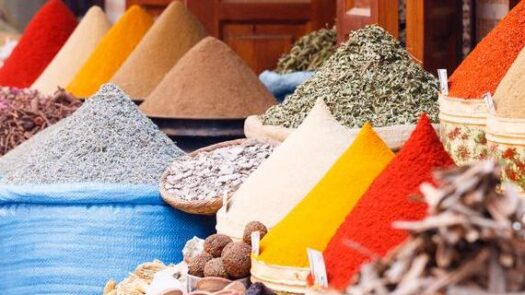
The Staple Ingredients in Moroccan Cooking
High-quality ingredients are at the heart of traditional moroccan food – and that includes even the smallest components. In fact, many of the most important elements of Moroccan cooking are spices, seeds, oils and herbs.
Many Moroccan dishes’ bold flavours come from a combination of seasonings such as cumin, saffron, paprika, ginger, turmeric, coriander, pepper and cinnamon. There’s also ras el hanout, a blend of several different spices (the exact recipe varies) that’s often used to season stews and other main dishes. Look for it in the food markets of Marrakesh or Fes for a delicious – and practical – souvenir to take home from your trip.
Fresh herbs are also common, from the mint leaves that flavour the country’s famous tea to the chopped parsley that stars in chermoula (a traditional sauce). Then there are the ubiquitous sesame seeds, which often play a starring role in Moroccan sweets. And don’t forget about the oils; olive oil and argan oil are used not only for cooking, but also for flavouring finished dishes.
Beyond these basic staples, Moroccan food often features chicken, lamb and seafood (especially near the coast). There’s also plenty of fresh produce: think aubergines, tomatoes, potatoes, carrots, citrus and stone fruits, as well as dates and raisins. Dates and raisins are often found in otherwise savoury recipes, creating a delectable combination of salty and sweet.

Traditional Moroccan Dishes
There’s only one logical place to start a discussion of traditional Moroccan cuisine: couscous. Widely considered to be Morocco’s national dish, couscous consists of tiny pieces of rolled and steamed semolina flour. It’s the canvas for all kinds of flavourful meals, and is often topped with vegetables, legumes or meat.
Another internationally famous Moroccan food is tagine, which refers to any dish that’s made in the cooking vessel of the same name. A traditional tagine is a wide clay bowl with a cone-shaped lid. Meat, fish or vegetables are placed in the bowl and cooked over low heat; the lid keeps steam and moisture from escaping, resulting in a tender and flavourful finished product.
You’ll find couscous and tagine pretty much everywhere in Morocco, but for a truly local delicacy, head to Oualidia. This quiet coastal town is renowned for its seafood, and its oysters in particular. At La Sultana Oualidia, you can learn about oyster farming by taking a traditional fishing boat to visit the town’s oyster beds, then sample their bounty with a glass of local wine.
Of course there are lots of other dishes to try as well. Make sure to sample zaalouk, a smoky dip made with roasted aubergine, and chermoula, a zesty sauce with oil, herbs and spices. There are also plenty of hearty soups, savoury pastries and local specialties associated with certain cities and regions, such as Marrakesh’s tanjia (a slow-cooked meat stew).
If you want to learn how to prepare some of these specialties, you can do an in-depth cooking workshop at La Maison Arabe in Marrakesh or take a Berber cooking class at Olinto in the High Atlas Mountains. The menu might include tagine with goat and prunes, pastilla stuffed with local vegetables or Berber dishes like madfouna, a filled flatbread traditionally baked in the Sahara.
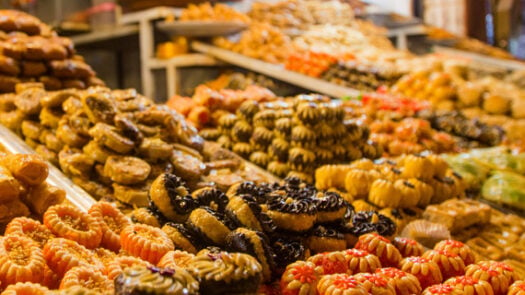
Moroccan Street Food and Snacks
Beyond its most iconic main dishes, Morocco also boasts a thriving street food scene. No trip is complete without wandering between the busy stalls of a local food market, waiting for a certain sight (or smell) to strike your fancy. Moroccan street food runs the gamut from skewers of grilled chicken and crispy potato cakes to fried sardines and cones of cumin-dusted chickpeas.
In Marrakesh, visiting the main square of Jemaa el-Fnaa is an essential experience. We can arrange a guided tour to help you navigate its seemingly infinite food stalls, which can be quite overwhelming at first, and find the very best treats to suit your personal tastes. The streets of Fes are also packed with vendors selling everything from fresh fruits to steamed snails.
Keep an eye out for the sweets being sold on the street, too. Many Moroccan desserts feature almonds, sesame seeds, spices and honey. There’s chebakia, a crispy treat made of deep-fried dough soaked in honey and coated in sesame seeds; all kinds of cookies made with nuts and dried fruits; the indulgent doughnuts known as sfenj and many more sugary delights to sample.
Sweet treats and baked goods are also part of a typical Moroccan breakfast, although there are savoury elements as well. Breakfast in Morocco almost always involves bread, such as flaky msemmen or crumbly harcha, and might also feature honey, olive oil, jam, olives, cheese, eggs and – of course – mint tea.

Beverages: Moroccan Tea Culture
Tea is an integral part of Moroccan cuisine and culture, and is enjoyed anywhere, anytime – from first thing in the morning to right after dinner. The country’s iconic beverage is made with fresh mint leaves, green gunpowder tea and plenty of sugar. It’s traditionally served on a tray in a silver teapot, and symbolises the warm hospitality and welcoming spirit of Morocco.
It isn’t clear exactly when tea was first introduced to Morocco, but it became ubiquitous in the second half of the 19th century. Although the leaves originally came from China and the tea was imported from Great Britain, the additions of fresh mint, sugar and the classic serving ritual turned it into a quintessentially Moroccan drink.
You’ll likely be offered mint tea several times throughout your trip – and you should always accept it – but one of our top travel tips for Morocco is to enjoy it at Café Hafa in Tangier, a historic meeting spot with lovely sea views. We also recommend Jajjah in Marrakesh: a tea salon, art gallery and boutique opened by the renowned Moroccan artist Hassan Hajjaj.
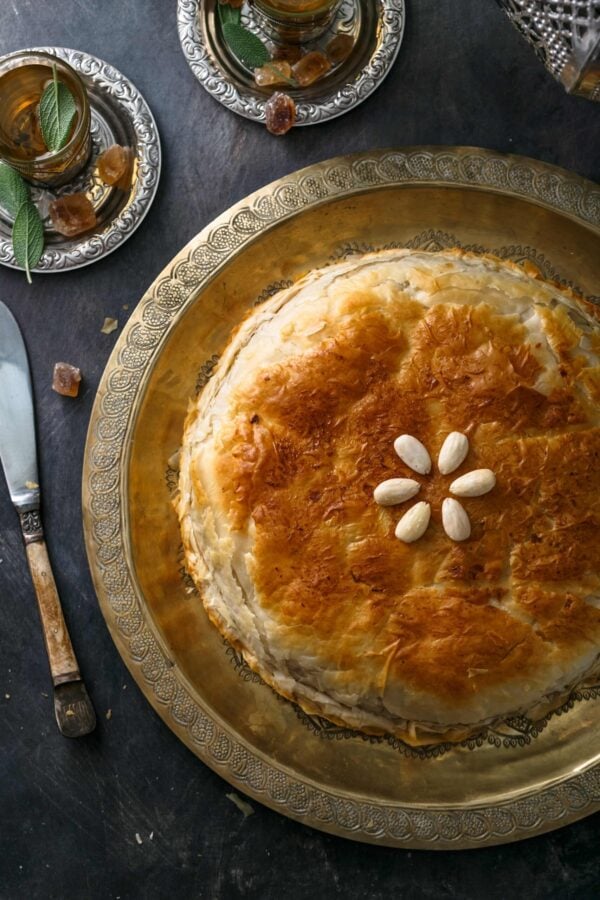
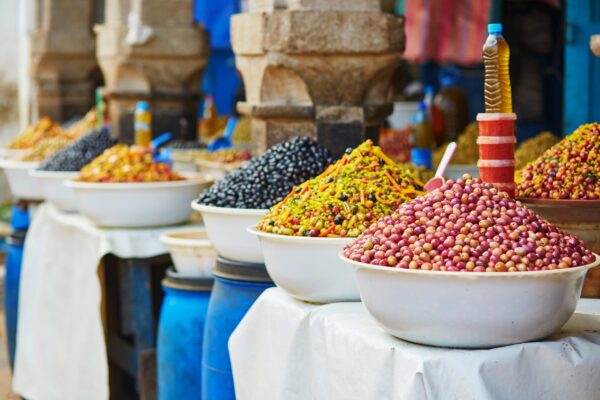
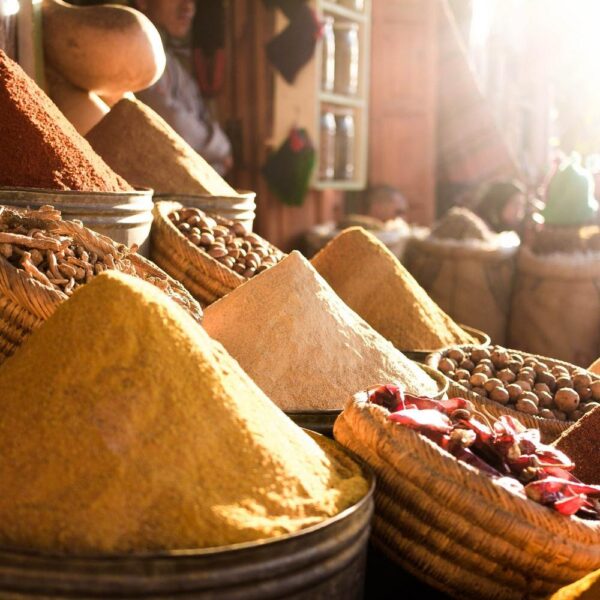
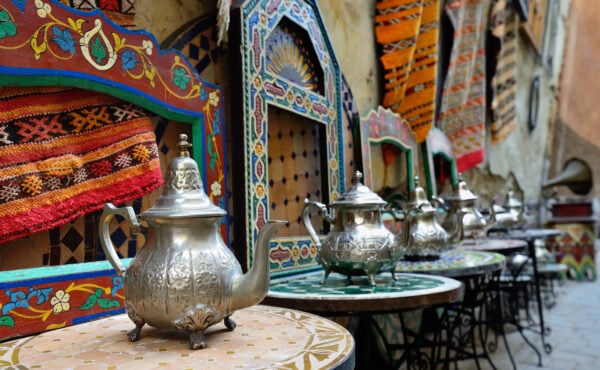
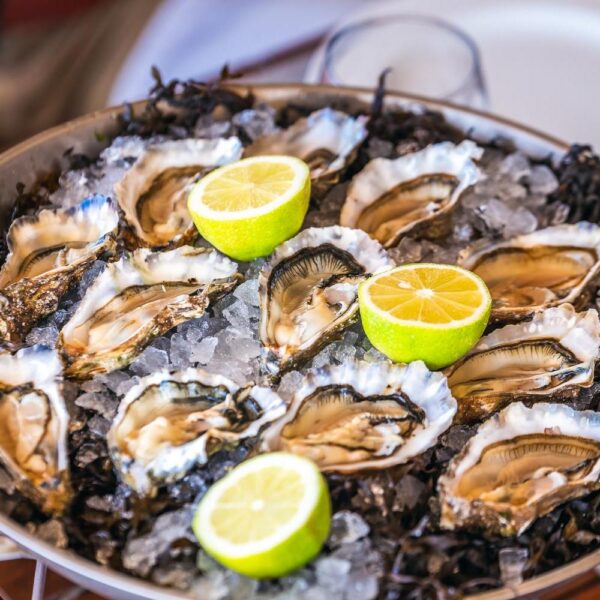
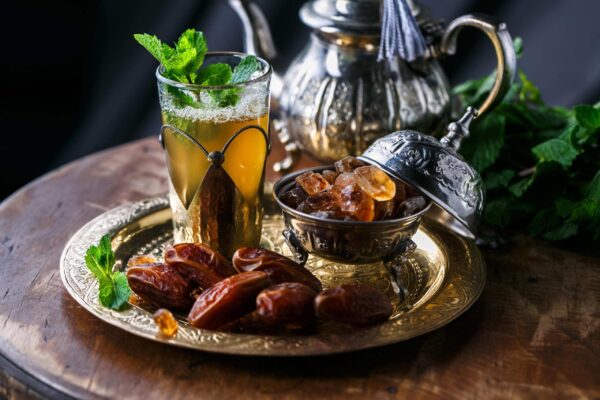
Trip Inspiration
Whatever you want from your trip to Morocco, our travel designers are here to help





